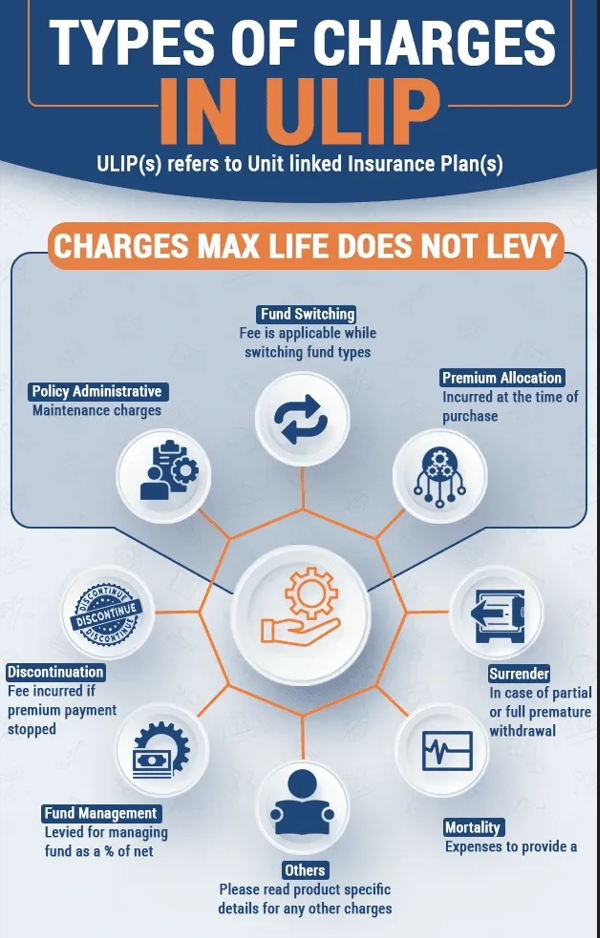COVID-19 Era - Wellness-focused Real Estate in Focus
Prashant Thakur, Director & Head - Research, ANAROCK Property Consultants
As evidenced by ANAROCK's recent
COVID-19 edition of its consumer sentiment survey, homebuying
sentiment is on a distinct rise.
The world we live in has suddenly been
sharply redefined. In times of unprecedented job insecurity, rent is a
burdening expense, property ownership is a vastly
more attractive investment rationale than reposing faith in volatile
financial markets, and the home is a focal point of an entirely new work
ethos.
Changing ‘Premium’ Perceptions
ANAROCK's
survey also vouchsafes that the current breed of homebuyers is willing
to pay extra for premium products and features.
For most Indians'
single-largest
lifetime investment, it makes sense to secure the best options
available within one's means. While branded builders deliver the desired
premium via superior properties and locations, the concept of premium
features itself is undergoing a rapid sea change.
To the backdrop of the severest healthcare crisis in remembered
history, wellness has become a core premium consideration.
Premium
amenities have always been a draw when it comes to luxury homes.
However, even before the coronavirus pandemic, 'premium' perception in
real estate had moved
from mere snob value into the realm of family wellness and health.
Developers understood that genuine wellness goes beyond mere features
and needs to be baked into the very design of a housing project.
Wellness
amenities such as yoga studios, meditation rooms, spas, gymnasiums,
tennis courts and jogging tracks became the new rage among urban
homebuyers.
Such features
eventually transcended luxury home projects and came to be expected in
mid-range homes, as well. Wellness amenities now deliver a far more
convincing 'premium' punch than architectural eye-candy.
Branded
developers were quick to sense the shift and began integrating
such features into their projects.
Wellness as a Project Design Imperative
Real
estate that encompasses wellness elements in a building’s design,
materials and amenities is a major global trend.
Wellness features in a
residential (and also
commercial) building enhance its desirability as it improves the
overall environment and enhances well-being.
Among the most popular
wellness amenities are gyms, yoga/meditation rooms, roof gardens and
enhanced natural lighting and ventilation.
As we edge
more into the luxury homes domain, buyers also seek projects with art
studios, hobby rooms and Zen gardens where they can unplug and
rejuvenate.
The
practice to get buildings certified for wellness is being followed by
several international developers.
This trend, which is being seen in
residential, commercial
and even avant-garde retail spaces, involves the building receiving
wellness certification based on its design and operational strategies.
Similar to the LEED certification program by the U. S. Green Buildings
Council, where a building's 'green' features are
evaluated and rated, wellness ratings assess the wellness features of a
real estate development - how much they contribute to the health and
wellbeing of occupiers.
Wellness-centric Commercial Real Estate
While
the residential real estate is gradually catching up to it, this trend
is currently more visible in contemporary commercial spaces.
Globally,
owner-occupiers
of commercial establishments are driving demand for wellness features
and practices. Some of these features include active stairways,
biophilia, enhanced air quality, natural sunlight, etc.
Such amenities
are seen as a way to attract and retain young employees
who are highly focused on working in healthier environments.
Even
Indian developers are savvy to the trend of tenants placing a high
premium on wellness.
An increasing number of Indian employees now look
for workplaces which
help them retain a certain level of fitness and wellness. India Inc is
already replete with Grade A office spaces that feature gymnasiums,
breakout areas, jogging strips and meditation corners. Coworking spaces,
which millennial workers and start-ups favour,
have been among the earlier adopters of this trend.
The 'Premium' Is High
There
is obviously a significant cost attached to incorporating wellness
amenities into a building’s architecture, so properties in such
buildings cost more than
those without any wellness features.
The upkeep of such features also
adds to the overall maintenance expenditure of the building.
However,
wellness features translate into benefits such as improved employee
efficiency, performance and retention in office
buildings, and a higher happiness and satisfaction quotient in housing
projects.
Given
that wellness amenities are in increasing demand, developers now look
at including such features in their buildings’ design, over and above
providing innovative
health-centric amenities.
Buildings in India which have wellness baked
into their DNA are still a relative rarity, but even a lower saturation
of wellness features can be a USP. Definitely, interest in such features
in housing projects has never been higher
than in COVID-19 era, which has brought the need for complete
self-sufficiency in residential real estate front and centre.
Unfortunately,
because of the high costs involved, we are unlikely to see this trend
percolating down into affordable housing very soon. Such amenities come
for a
premium, and developers need to keep affordable housing... well,
affordable.
Nevertheless, some of the latest affordable projects being
developed in the less expensive peripheral areas of our major cities do
have a degree of basic wellness features.
They
work because many buyers are willing to compromise on the conveniences
of central locations - but not on the health of their families.
Homebuyers with such an
orientation can look for internationally recognised wellness ratings
such as WELL Building Standard and
Fitwel rating, which measure and certify wellness features positively impacting human health and wellbeing.































